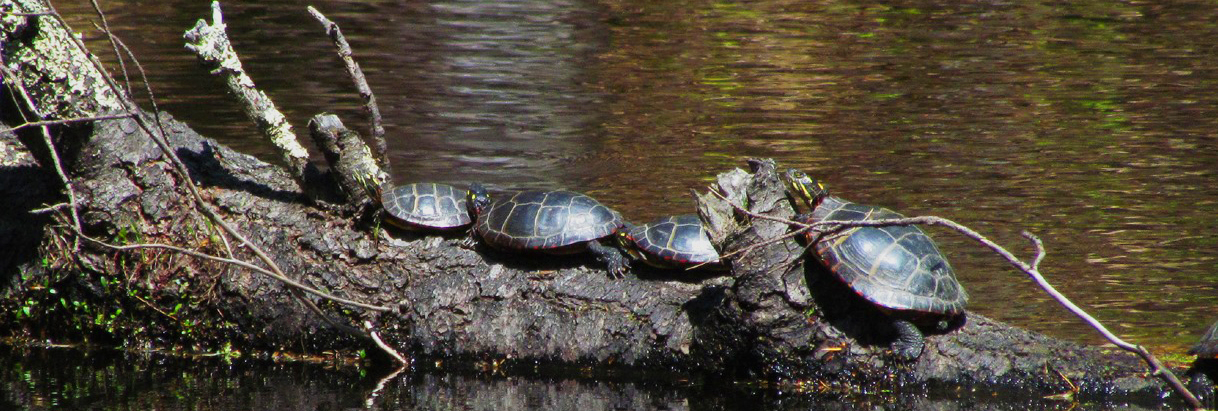Research Projects
Overview:
Following these introductory activities, students should consider what unanswered questions they have about the Lamprey and devise a series of projects or searches to answer their questions and share their findings. Applying Ken Macrorie's advice in The I-Search Paper (see "Resources"), we know students are more invested in the search for information if they are answering questions they care about. The film and introductory writing, mapping, and discussions should raise a number of questions and issues for students to pursue. The goal is to find questions, not just topics. Each research area suggested below includes some background information, questions to consider, suggested procedures, resources, and possible extension projects.
Learning Objectives:
Students will
- develop their own questions about the Lamprey River watershed to guide their research;
- learn research techniques such as locating and reading documentary sources, using reference works, interviewing and recording oral histories, gathering scientific data, and understanding social and natural history from clues on the landscape;
- present their findings through a variety of formats and media.
Materials:
- reference materials from local historical societies (see "Resources")
- audio and videotape equipment
- monitoring supplies ("Teacher's Guide for Experiments and Observations," Lesson #4 of the elementary portion of the curriculum)
Supplemental Material:
Ken Macrorie. 1988. The I-Search Paper. NH: Heinemann.
Procedure:
Students can list their questions individually and/or brainstorm questions in small groups. Once students have selected a question to research, they should be given guidelines for the assignment, options for the final presentation, benchmarks along the way, and criteria for assessment (or a rubric). Students can work with you to develop these guidelines and rubrics. They might write progress reports, turn n notes, or have conferences with the teacher during the research process. Possible areas to research follow.

